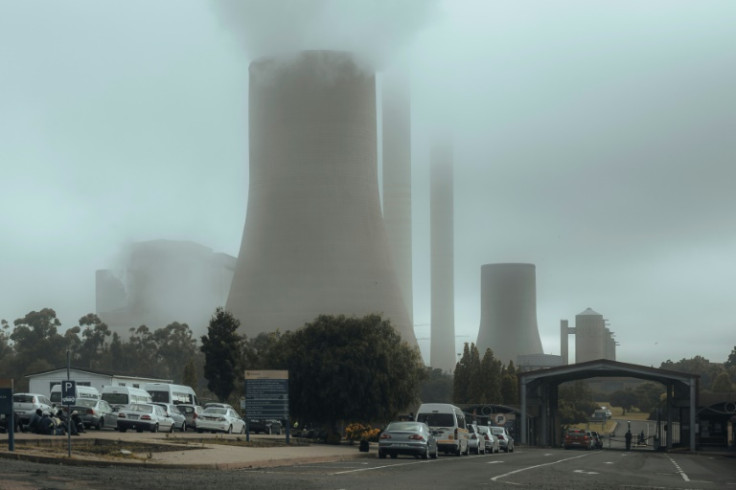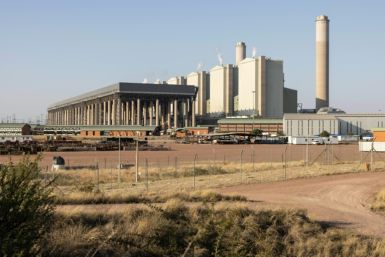Eskom Synchronizes Unit 2 Of Koeberg Nuclear Power Station To National Grid

Eskom successfully connected Unit 2 of the Koeberg Nuclear Power Station in Cape Town to the national grid, achieving an important step in the Generation Operational Recovery Plan and supporting South Africa's goal of ensuring a reliable, affordable, and environmentally friendly energy supply.
"This achievement follows an extensive Long-Term Operation (LTO) program designed to extend Unit 2's operational lifespan by an additional 20 years," the power utility said, SA News reported.
The maintenance program for Unit 2 included replacing three steam generators, conducting thorough inspections, and refueling to ensure the reactor continues to operate safely and efficiently.
These improvements are part of Eskom's larger plan to secure the future of Koeberg's reactors, which are crucial for the country's energy security. With a 930MW contribution, Unit 2 plays a key role in Eskom's goal of increasing its capacity by 2,500MW by March 2025.
The National Nuclear Regulator (NNR) is expected to decide on extending Unit 2's operational license in 2025. This follows the successful renewal of Unit 1's license, which extends its operation until 2044.
Unit 1, which also contributes 930MW, has shown strong reliability since returning to service. Together, Units 1 and 2 will provide 1,860MW, about 5% of South Africa's total electricity, helping to reduce load shedding and stabilize the grid.
Group Executive for Generation Bheki Nxumalo said by forming strategic partnerships with international designers, suppliers, and industry experts, Koeberg has become a center for nuclear innovation.
These collaborations will help South Africa explore advanced nuclear technologies, like small modular reactors (SMRs). This could help the country become a leader in cutting-edge nuclear solutions while continuing to develop a skilled workforce in the nuclear sector.
As South Africa plans to phase out some older coal-fired power plants by 2030, nuclear energy is set to provide a reliable and steady energy supply. Unlike renewable sources, which can be intermittent, nuclear power provides consistent electricity for both homes and industries.
Its ability to generate carbon-free energy also helps South Africa meet its climate goals by lowering greenhouse gas emissions.
Eskom's Group Chief Executive Dan Marokane said, "While projects like the LTO program necessitate a higher initial upfront investment, the long-term benefits - including decades of affordable, low-carbon energy - make them indispensable."
He added, "Koeberg exemplifies how nuclear power can align economic and environmental priorities to create a sustainable energy future. Through the successful execution of the LTO project, our Koeberg team has once more demonstrated the exceptional skills we have to support our country's nuclear ambitions."
Electricity and Energy Minister Kgosientsho Ramokgopa last month said the lessons learned from Eskom's recovery can be used as a blueprint for other state-owned enterprises to create a plan for recovering from tough situations.
© Copyright 2025 IBTimes ZA. All rights reserved.


















